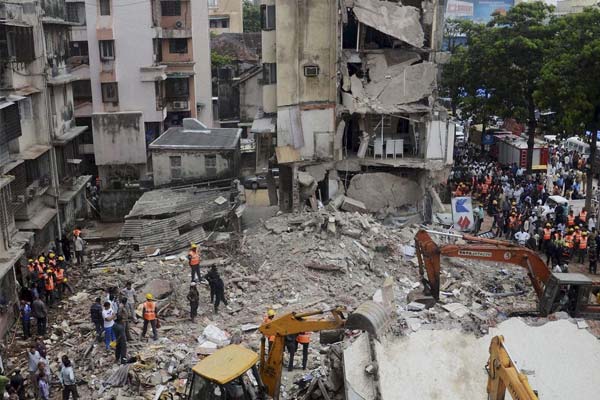
Located in a remote corner of Colombia's southern Narino province not far off the Pacific Coast, the village of Bocas de Satinga relies on its riverside location for transport.
Everything arrives at the village by water: food, petrol, clothing... and dead bodies.
"There were days in which I'd fish out two or three corpses," says local resident Angel Segundo Hernandez.
The 79-year-old, who is better known by his nickname, Chain, has been pulling bodies out of the Sanquianga river for more than a decade.
He says the worst period was between 2001 and 2004, when right-wing paramilitary groups first moved into the region to fight Marxist Farc guerrillas.
"During those four years... oh, boy, that was really sad. I swear I fished out more than 50 dead bodies," recalls Chain.
"And they still come down [the river]. They still come down."
Narino is the province in Colombia with the highest density of coca plants - the raw material for cocaine - and its Pacific coast is the main exit point for speedboats smuggling the drug to Central America, and on to the United States.
Its strategic importance to drug trafficking, a key source of income for both right-wing paramilitary gangs and the rebels, has made it one of Colombia's most dangerous places.
And it is not just the Farc and paramilitary gangs that operate in this region.
Colombia's second largest rebel group, the National Liberation Army (ELN) also has a presence in certain parts of Narino.
Gillian McCarthy of the International Committee of the Red Cross (ICRC) says with so many armed groups, "there's always something happening" in the area.
"The most obvious one is the unidentified dead bodies in the cemetery," she says.
This is even more evident in the port city of Tumaco, a three-hour boat trip from Bocas de Satinga.
Here, word is that even the old ladies that rent mobile phones and sell sweets on the streets have to pay extortion money to either the Farc, the ELN or the paramilitary gangs.
And with a homicide rate of 136 per every 100,000 inhabitants - almost four times the Colombian average - the forensic team at the local morgue is never short of work.
Dr Antonio Sarama has had to examine hundreds of bodies in the morgue in Tumaco, mostly victims of drug-related violence
"There was a year in which we had to practice 420 post-mortem examinations," says Dr Antonio Sarama, who has been working in the city for the last eight years.
"And the homicides are just the tip of the iceberg," he says. "You also have problems like extortion, kidnapping, rape."
Dr Sarama says he spent the last two days examining the bodies of land mine victims.
Mines abound in Tumaco's rural area, where they are planted by the owners of coca fields to prevent the security forces from eradicating them.
But he says most of the dead are victims of drug-related violence, murdered by hitmen in the service of the many armed groups fighting for control of this patch of land.
"You can tell because of the overkill," says Dr Sarama. "We're talking about bodies riddled with more than 20 gunshots."
The flow of dead is such that Tumaco's small cemetery can no longer cope. Gravediggers have started to remove the remains of unidentified bodies to make more room.
The remains are unceremoniously disposed of in white bags, further lessening the chance of relatives to ever find or identify their loved ones.

Thanks to the care taken by Mr Segundo Hernandez in Bocas de Satinga, the ICRC has been able to locate the remains of most of the unidentified bodies washed up during the past decade.
They have marked their location with white tombstones with the letters NN, for "ningun nombre", or no name.
A team from the Colombian Institute of Legal Medicine will soon be moving into a newly built morgue in Bocas de Satinga, to try to identify the 58 bodies recovered by Chain.
The move is part of a two-year project aimed at identifying Colombia's unnamed dead, of which there are estimated to be 40,000 scattered in cemeteries across the country.
It is a monumental task, taking in 65 graveyards in 13 different Colombian provinces. But the authorities argue the effort is warranted, as an identification of the victims of Colombia's armed conflict is part of paving the way for an eventual peace deal.
The rights of and compensation for the victims is one of the issues on the agenda at peace negotiations currently under way in Cuba between the government and Farc rebels.
Chain, who says he took it upon himself to recover and bury the nameless bodies washed up in his village because he could not bare the idea of them drifting all the way to the sea, welcomes the project.
While it is too late for those who died, he says their families may be given some solace by their identification, and any possible reparation payments.
"The government has said it will compensate the families, and that money will surely come handy," he says.
"Unfortunately, it will not be possible for all of them. But those who are identified…well, it will be great for their families," says the man who in his village has become known as the "fisherman of the dead".
Tuesday 11 June 2013
http://www.bbc.co.uk/news/world-latin-america-22795977







